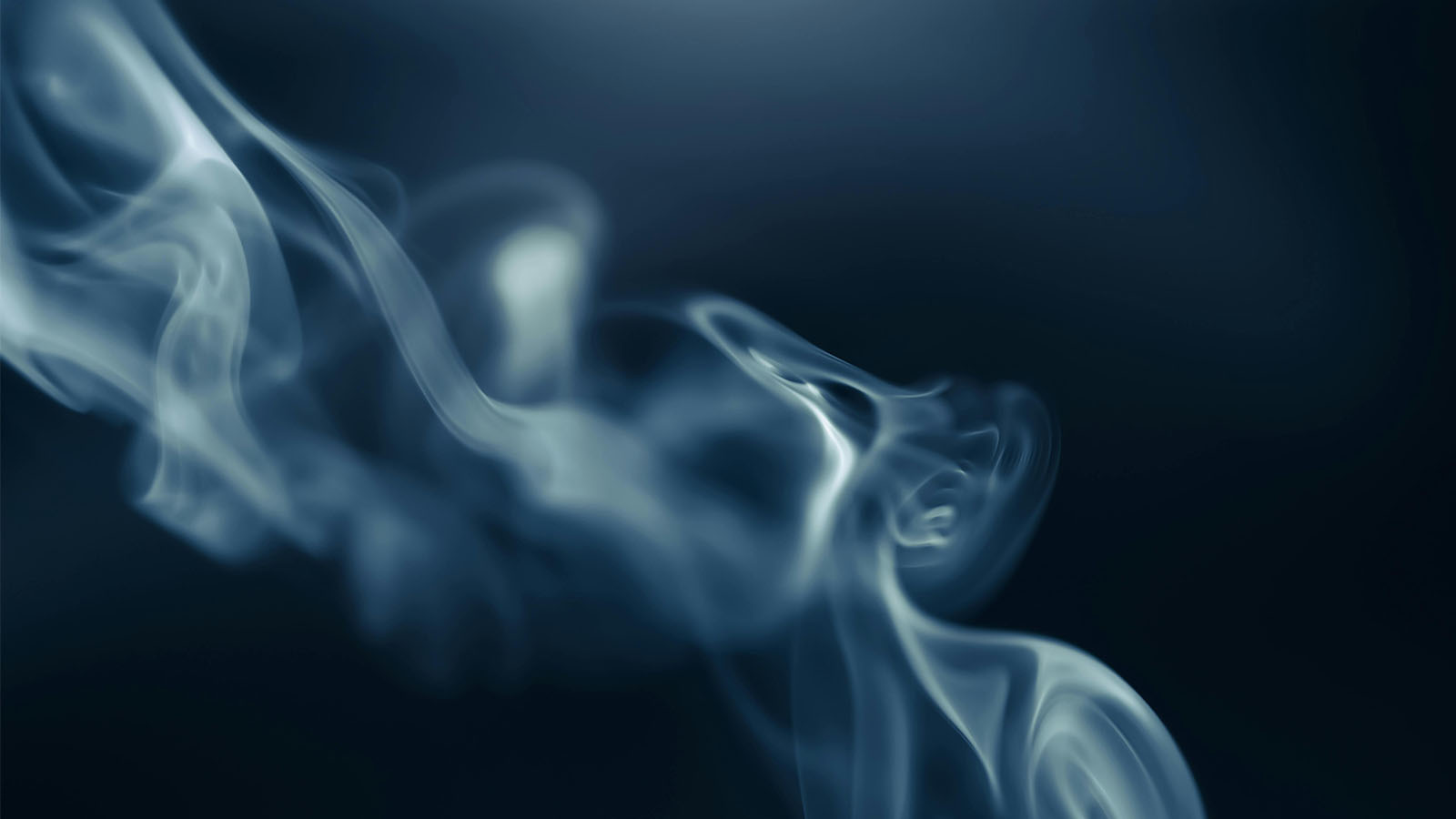The human sense of smell connects directly to memory and emotion, making scent one of the most powerful ways to influence how we feel in a space. Over recent years, businesses and homeowners have discovered the impact that professional scenting can have on creating memorable experiences and comfortable environments.
At the center of this growing interest in scent is cold air diffusion technology. This method disperses fragrance oils into the air without using heat or water, preserving the original character of the scent while covering larger areas than traditional diffusers.
Cold air diffusion works by using air pressure to break fragrance oils into very small particles that spread through a room. Unlike methods that heat oils or mix them with water, this approach keeps the fragrance pure and avoids adding moisture to the air.
How Scent Affects People
Scientists have found that smell has a direct connection to the parts of our brain that control emotion and memory. This is why a particular scent can instantly remind you of a specific place or person, or change how you feel about a space.
Home scenting profoundly influences how we feel and experience our personal spaces, creating emotional connections that can transform an ordinary room into a sanctuary of comfort and luxury. The power of scent extends beyond simple pleasant aromas; it can evoke cherished memories, enhance mood, and establish a sense of identity within our living spaces. Viascent's Hotel Experience™ fragrances brings this transformative power directly into homes, allowing people to experience the essence of refined hospitality that was once exclusive to luxury hotels. Each Hotel Experience™ scent is crafted to evoke emotion, memory, and mood, turning any room into a personal retreat that captures the sophisticated ambiance of world-class accommodations. By incorporating these professionally-designed fragrances into their homes, people can create an elevated everyday experience that whispers of wanderlust and luxury, making their personal spaces feel like a five-star escape from the ordinary.
Research shows that pleasant scents in retail stores can make customers stay longer and feel more positive about their shopping experience. Hotels use signature scents to create a memorable atmosphere that guests associate with their brand. Healthcare facilities have found that certain scents can help patients feel more relaxed and comfortable.
These effects happen because our sense of smell works differently from our other senses. Scent information goes straight to emotional centers in the brain, which explains why fragrance can have such an immediate impact on mood and behavior.
How Cold Air Diffusion Works
The Basic Process
Cold air diffusion uses nebulizing technology to turn fragrance oils into tiny particles that can float in the air. The process starts with air being drawn into the diffuser, where it meets the fragrance oil in a special chamber.
Using controlled air pressure, the oil is broken down into very small droplets that are then pushed out into the room. These particles are small enough to stay in the air for extended periods, which means the scent spreads evenly throughout the space.
Because this process doesn't use heat, the original scent profile of the fragrance oil stays intact. Heat can change or damage fragrance compounds, which is why cold air diffusion preserves the scent exactly as it was designed.
The Scientific Explanation
Cold air diffusion operates on the principle of pneumatic atomization - a mechanical process that uses compressed air to break liquid fragrance oils into microscopic droplets through shear forces and pressure differentials.
The Physics Process:
Venturi Effect
The system creates a high-velocity air stream that passes over or through the fragrance oil. According to Bernoulli's principle, this high-velocity air creates a low-pressure zone that draws the oil into the airstream.
Mechanical Atomization
When the viscous fragrance oil meets the high-velocity compressed air, the kinetic energy of the air overcomes the surface tension of the oil, breaking it into small droplets. This process is called "airblast atomization."
Particle Size Distribution
The atomization creates droplets typically in the range of 1-10 microns in diameter. These particles are small enough to remain suspended in air due to their low terminal velocity - meaning air resistance keeps them floating rather than falling quickly to surfaces.
The Chemistry Aspect:
Preservation of Molecular Structure
Unlike heat-based diffusion, cold air diffusion operates at ambient temperature, preventing thermal degradation of fragrance compounds. Heat can break molecular bonds in essential oils and synthetic fragrances, altering their scent profile. Cold atomization maintains the original molecular composition.
Surface Area Increase
Breaking the oil into millions of tiny droplets dramatically increases the total surface area exposed to air, which enhances the evaporation rate of volatile compounds without requiring heat energy.
Aerodynamics and Distribution:
The small particle size allows the droplets to follow air currents naturally, distributing throughout a space via normal air circulation patterns. The particles remain airborne long enough to achieve relatively even distribution before the volatile compounds evaporate, leaving the scent molecules in the air.
This scientific approach explains why cold air diffusion can cover larger areas more effectively than passive evaporation while preserving the intended fragrance profile.
Why Cold Air Diffusion Works Better
No Heat Damage: Heat can break down fragrance compounds and change how they smell. Cold air diffusion operates at room temperature, so the scent stays true to its original formulation.
No Water Needed: Unlike ultrasonic diffusers that mix oils with water, cold air diffusion doesn't dilute the fragrance or add humidity to the room. This also means no risk of bacteria growth from standing water.
Better Coverage: The small particle size means the scent can spread further and more evenly than with other methods. This makes cold air diffusion suitable for larger rooms and commercial spaces.
No Residue: Because the particles are so small and the mist is dry, there's no oily residue left on furniture or surfaces.
Where Cold Air Diffusion Is Used
Retail and Commercial Spaces
Many businesses use cold air diffusion systems to create a more pleasant environment for customers. Retail stores, hotels, offices, and restaurants have found that the right scent can improve customer satisfaction and create a more memorable experience.
The technology works well in commercial settings because it can cover large areas consistently without requiring frequent maintenance or creating safety concerns.
Healthcare and Wellness
Medical offices, spas, and wellness centers use cold air diffusion to create calmer, more comfortable environments. The ability to provide consistent, clean scenting without adding chemicals to the air makes it suitable for sensitive environments.
Some facilities use specific scents designed to promote relaxation or reduce stress, while others simply want to eliminate clinical odors and create a more welcoming atmosphere.
Homes and Personal Spaces
Home scenting has evolved beyond candles and plug-in air fresheners. Cold air diffusion provides whole-room coverage without the safety concerns of open flames or the maintenance needs of water-based systems.
Modern home diffusers often include features like timer controls, adjustable intensity, and even smartphone connectivity, making it easy to customize the scenting experience for different times of day or occasions.
Comparing Different Scenting Methods
Cold Air Diffusion vs. Ultrasonic Diffusers
Ultrasonic diffusers are popular for home use, but they have limitations. They require water to operate, which dilutes the fragrance oil and reduces scent strength. The water can also harbor bacteria if not cleaned regularly, and the mist can leave moisture on nearby surfaces.
Cold air diffusion doesn't use water, so the fragrance stays at full strength and there are no humidity or bacteria concerns. It also typically covers a larger area more effectively.
Cold Air Diffusion vs. Heat-Based Methods
Candles, wax melts, and electric warmers all use heat to release fragrance. While these methods are familiar and affordable, heat changes the chemical structure of fragrance compounds. This can create different scents than intended and may produce unwanted compounds.
Cold air diffusion preserves the original scent profile while eliminating fire hazards and the need to replace consumable items like candles or wax melts.
Cold Air Diffusion vs. Reed Diffusers
Reed diffusers work through evaporation, which is very slow and only covers small areas. The scent strength fades over time as lighter compounds evaporate first, changing the fragrance profile.
Cold air diffusion provides active distribution that covers much larger areas with consistent scent strength throughout the oil's life.
Technical Features of Modern Diffusers
Today's cold air diffusion systems include practical features that make them easy to use:
Coverage Areas: Depending on the model, cold air diffusers can effectively scent areas from a few hundred to several thousand square feet.
Timer Controls: Most units include programmable timers that allow you to set when the diffuser operates, helping to conserve oil and customize the scenting schedule.
Intensity Adjustment: Variable output controls let you adjust how strong the scent is, which is useful for different room sizes or personal preferences.
Battery Operation: Many portable models include rechargeable batteries, making them suitable for use in cars, RVs, or areas without convenient power outlets.
Touch Controls: Simple touch panel interfaces make it easy to adjust settings without complicated programming.
Safety and Environmental Considerations
Cold air diffusion addresses several safety and environmental concerns:
Air Quality: No combustion products, water vapor, or heated chemicals means cleaner air compared to candles or heated diffusers.
Fire Safety: No heat source eliminates fire risks associated with candles or electric warmers.
Chemical Safety: Quality fragrance oils used in cold air diffusers are formulated to meet IFRA and RIFM safety standards for indoor air use.
Energy Use: Cold air diffusers use electricity but don't require heating elements.
Choosing the Right System
When selecting a cold air diffusion system, consider:
Room Size: Match the diffuser's coverage area to your space. A small diffuser won't effectively scent a large room, while an oversized unit might be too strong for a small space.
Usage Patterns: Think about when and how often you want scenting. Timer features and programmable schedules can help optimize oil usage.
Mobility Needs: Battery-powered portable units offer flexibility for use in multiple locations or areas without power outlets.
Fragrance Oil Quality: Use oils specifically formulated for cold air diffusion. These have the right consistency and formulation to work properly with the nebulizing technology.
Maintenance and Operation
Cold air diffusion systems are generally low-maintenance:
Oil Refills: The main ongoing requirement is refilling the fragrance oil reservoir when empty. Usage rates depend on intensity settings and operating schedule.
Basic Cleaning: Occasional cleaning of the oil reservoir and air pathways helps maintain optimal performance.
No Water Management: Unlike ultrasonic diffusers, there's no daily water changing or cleaning to prevent bacterial growth.
Long-term Reliability: With fewer moving parts and no heating elements, cold air diffusers typically have fewer maintenance issues than other scenting methods.
The Future of Scenting Technology
Cold air diffusion technology continues to evolve with new features and capabilities:
Smart Home Integration: Newer models can connect to home automation systems and smartphone apps for remote control and scheduling.
Improved Efficiency: Ongoing developments in nebulizing technology are making diffusers more efficient while extending oil life.
Enhanced Controls: More sophisticated programming options allow for complex scheduling and intensity patterns.
Sustainability: Manufacturers are focusing on more efficient oil usage and environmentally responsible materials.
Final Thoughts
Cold air diffusion represents a significant improvement over traditional scenting methods, offering better coverage, purer scents, and safer operation. Whether for commercial use or home enjoyment, this technology provides an effective way to enhance environments through carefully chosen fragrances.
The combination of proven effectiveness, safety, and ease of use makes cold air diffusion the preferred choice for serious scenting applications. As the technology continues advancing and awareness grows, more people are discovering the benefits of professional-quality scenting for their spaces.
Understanding how cold air diffusion works and its advantages over other methods helps in making informed decisions about scenting solutions. For those looking to create better environments through scent, cold air diffusion offers the most reliable and effective approach available today.
















Compartir:
Giorgio Armani: A Tribute to His Timeless Fragrance Legacy